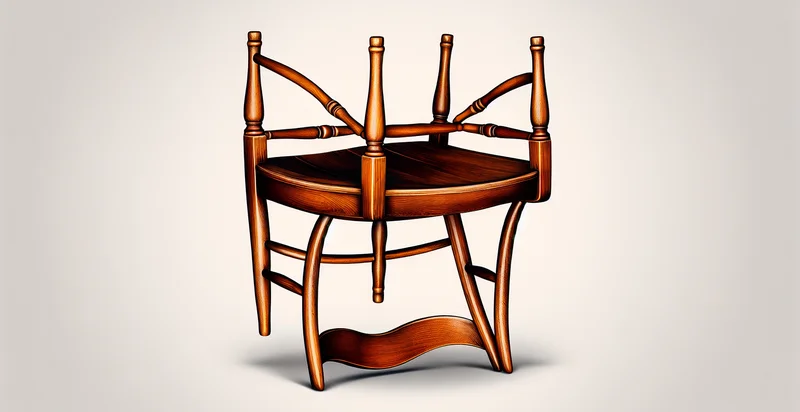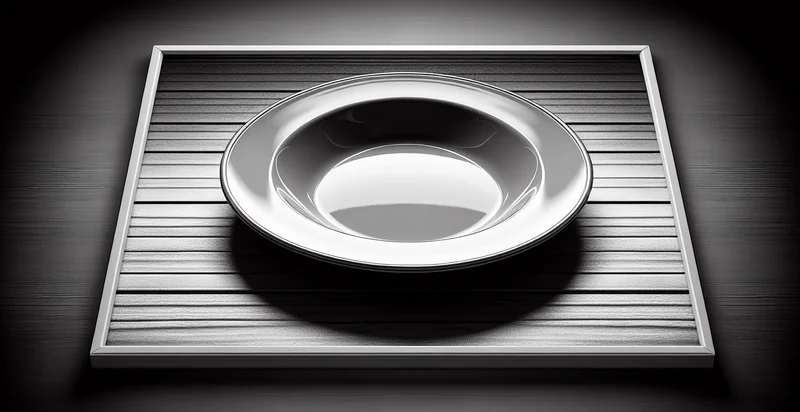Identify if plant is upside down
using AI
Below is a free classifier to identify if plant is upside down. Just upload your image, and our AI will predict if the plant is upside down - in just seconds.

Contact us for API access
Or, use Nyckel to build highly-accurate custom classifiers in just minutes. No PhD required.
Get started
import nyckel
credentials = nyckel.Credentials("YOUR_CLIENT_ID", "YOUR_CLIENT_SECRET")
nyckel.invoke("if-plant-is-upside-down", "your_image_url", credentials)
fetch('https://www.nyckel.com/v1/functions/if-plant-is-upside-down/invoke', {
method: 'POST',
headers: {
'Authorization': 'Bearer ' + 'YOUR_BEARER_TOKEN',
'Content-Type': 'application/json',
},
body: JSON.stringify(
{"data": "your_image_url"}
)
})
.then(response => response.json())
.then(data => console.log(data));
curl -X POST \
-H "Content-Type: application/json" \
-H "Authorization: Bearer YOUR_BEARER_TOKEN" \
-d '{"data": "your_image_url"}' \
https://www.nyckel.com/v1/functions/if-plant-is-upside-down/invoke
How this classifier works
To start, upload your image. Our AI tool will then predict if the plant is upside down.
This pretrained image model uses a Nyckel-created dataset and has 2 labels, including Plant Upright and Plant Upside Down.
We'll also show a confidence score (the higher the number, the more confident the AI model is around if the plant is upside down).
Whether you're just curious or building if plant is upside down detection into your application, we hope our classifier proves helpful.
Related Classifiers
Need to identify if plant is upside down at scale?
Get API or Zapier access to this classifier for free. It's perfect for:
- Automated Plant Care: In smart gardening systems, the "is plant upside down" identifier can be used to ensure optimal growth conditions by automatically detecting improperly positioned plants. If a plant is identified as upside down, the system can alert the owner or trigger the mechanism to adjust its position.
- E-commerce Quality Control: Online retailers of plants can integrate this identifier in their fulfillment centers to ensure that plants are packaged and shipped correctly. This will help prevent customer dissatisfaction and reduce return rates due to improperly oriented plants.
- Robust Inventory Management: Nurseries and garden centers can utilize this function to streamline their inventory management. By ensuring that plants are stored and displayed right side up, they can maintain healthier stock and improve visual appeal for customers.
- Mobile Plant Care Applications: Mobile applications aimed at plant care enthusiasts can leverage this identifier to advise users on proper plant orientation. The app can use image recognition to give instant feedback on their plant's position, enhancing user engagement and care effectiveness.
- Agricultural Robotics: Agricultural robots equipped with this identifier can autonomously tend to plants, identifying and correcting the position of any plant that is upside down. This ensures that crop yields are maximized by maintaining optimal plant orientation, especially in commercial farming environments.
- Research in Botany: Academic and field researchers studying plant responses to environmental factors can incorporate this function into their visual data collection systems. By tracking instances of upside-down plants, they can analyze the effects of orientation on growth and other physiological traits.
- Indoor Smart Systems: Smart home systems that integrate with indoor gardens can use this identifier to monitor plant positions. By detecting an upside-down plant, the system can send notifications to homeowners, prompting them to correct the orientation and provide appropriate care recommendations.


